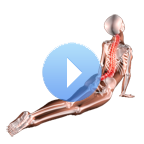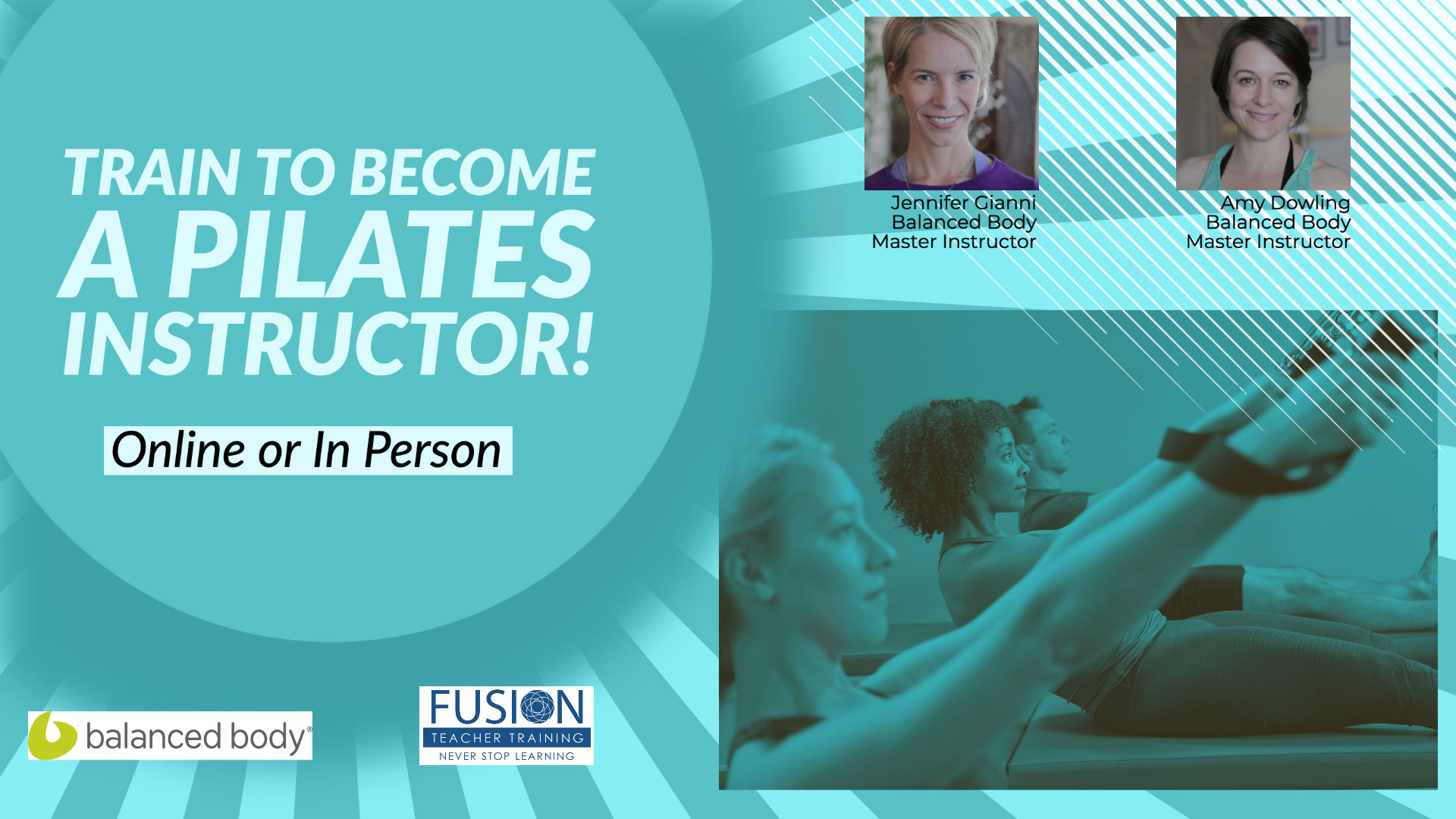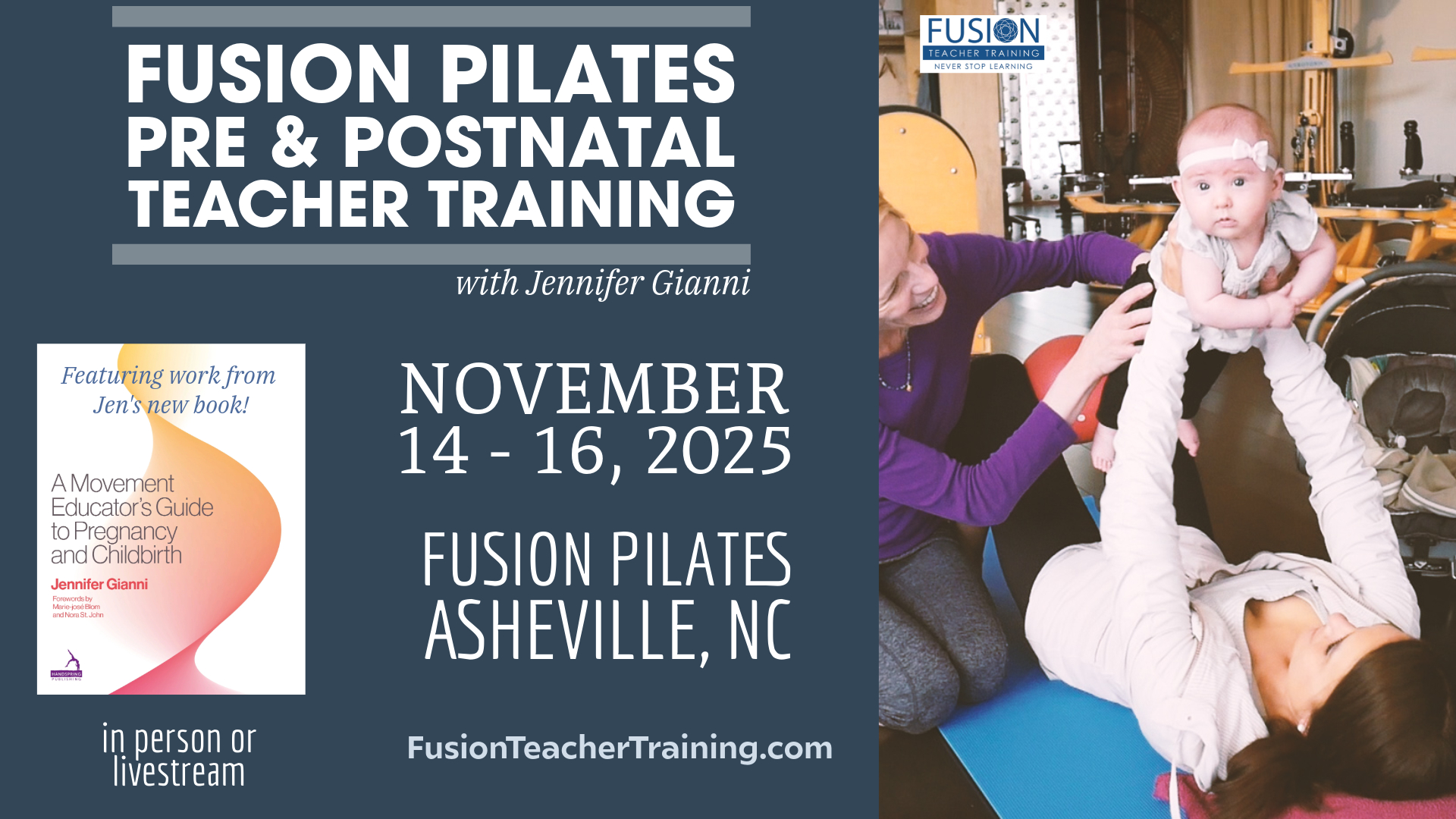 Free and fluid articulation of the spine should be a top-of-the-list goal for every client. Many traditional and contemporary Pilates exercises ask for a fluid flow from extension into flexion and vice versa. Can you tell where your client is stuck? Which part of the spine doesn’t like to move? Are they having trouble moving and transitioning from extension into flexion or side bending? See an example of what you might see and some strategies you can employ.
Free and fluid articulation of the spine should be a top-of-the-list goal for every client. Many traditional and contemporary Pilates exercises ask for a fluid flow from extension into flexion and vice versa. Can you tell where your client is stuck? Which part of the spine doesn’t like to move? Are they having trouble moving and transitioning from extension into flexion or side bending? See an example of what you might see and some strategies you can employ.
Have any comments? Let us know!




Leave A Reply (7 comments So Far)
Please - comments only. All Pilates questions should be asked in the Forum. All support questions should be asked at Support.
You must be logged in to post a comment.
Jen, love it! This is one of my favorite moves doing mat! What tips can you share when this is done on the mat?
Thank you!
Ginger
Thanks for this.
I’ve been a pilates instructor for over 15 years and have discovered that newer instructors omit this very important basic.
When I go over exercises such as breathing and articulating and slowing down movement, I’m accused of being to easy of a teacher. Everyone wants to muscle through it all.
Thanks!!!
We love all this feedback! Please keep it coming! I haven’t watched this post in a long time. I love the overball version. Casey’s articulation in her pelvis and lower spine looked amazing when she used the overball. That is a great tool. I LOVE that ball!
Jen
What would you do to help (especially older ladies) who constantly get cramps in their hamstrings when doing the bridge, especially on the mat?
Great question. Bridging sequences are so important for building an integrated and full back body activation, especially for older ladies ( menopause and beyond). The catch is, however, that this population usually has inflammation and joint issues and tends to grip and protect. This means that finding different ways into movement are illusive to them. We want to strive for balanced and fluid work throughout the WHOLE of the body and not by muscling our way into some position by just using our butts or just using our thighs . This means that creative propping must be used. You want to recreate what we had on the reformer in the above video on the Mat. Get a sitting box that the client can reach the arches of their feet into. This will help immensely. Also give them an incline pillow or deflated Overball under the lower back. It might be good to also have a ball at the inner thighs to act as a Placeholder. This means they hold onto the ball just enough but not with a Death Grip. One might also want to start with a Release for the Hamstrings before going into Bridging type exercises. Check out Casey’s Practical Release Workshops on our site.
Jen,
Hi! What is the right spring set up in doing the bridge ? Because I experienced teacher will bring us to lighter spring and of course the carriage moves and so I had stability and alignment issues.
Thanks
Hi Bern,
Great to hear from you! The more springs that are on the easier it will be to keep the carriage in. I would advise doing that first and really cueing the right actions for the feet and legs so that when you do start taking off springs the grounding forces are supportive.
Love, Jen